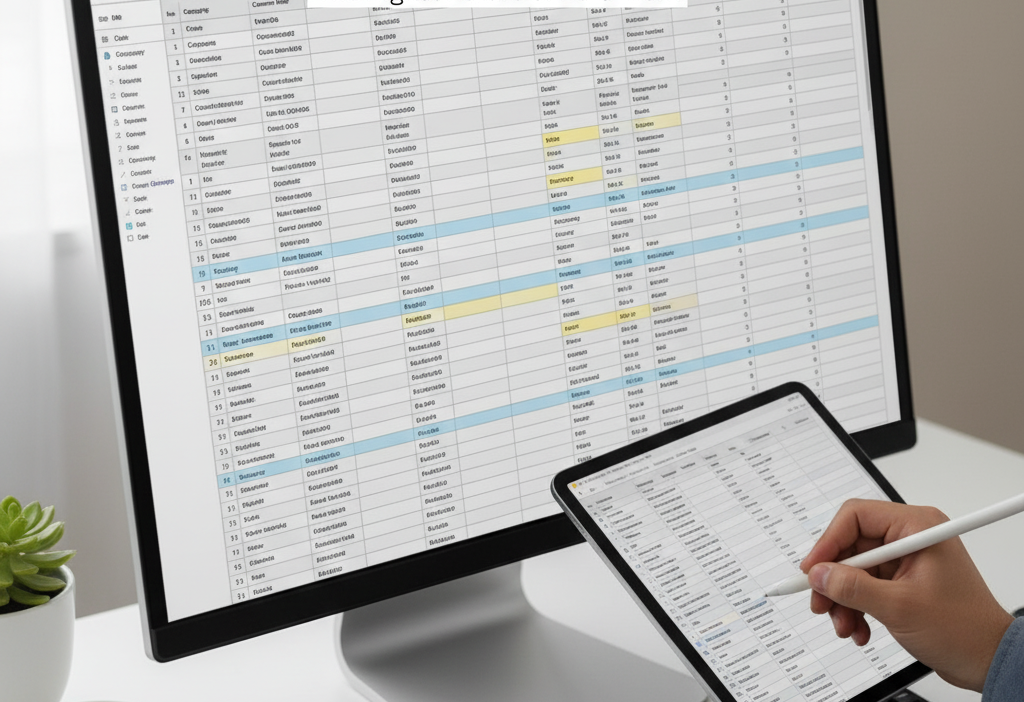Introduction
Work-from-home data entry jobs are everywhere on job boards, freelancing sites, and even social media posts promising “easy income from your laptop.” The idea is tempting. No advanced skills needed, no strict office hours, and no dealing with endless meetings. Just typing, submitting files, and earning money from the comfort of your home.
But here’s the real question: are these jobs actually worth your time, or are they just overhyped side gigs with low pay and high competition?
The truth sits somewhere in between. Data entry work can be legitimate, flexible, and a decent starting point for beginners entering the online job world. However, it also comes with its own set of limitations—like low earning potential, repetitive workload, and the constant need to filter out scams.
If you’re thinking of stepping into remote work through data entry, this guide will help you evaluate whether it’s the right move. Let’s break it down piece by piece.
The Appeal of Work-From-Home Data Entry Jobs
Why So Many People Choose Data Entry as Their First Remote Job
Data entry is often seen as the gateway to working online. Unlike coding, design, or marketing, it doesn’t demand specialized expertise. Most listings only require a computer, internet connection, and familiarity with typing or spreadsheet tools.
For stay-at-home parents, students, or retirees looking to earn a side income, it feels like the perfect starting point. The barrier to entry is low, and the work format is simple copying information from one source to another, updating databases, or formatting documents.
Flexibility and Lifestyle Benefits
Unlike traditional office roles, data entry jobs rarely involve meetings or team collaboration. You can work silently, at your own pace, while listening to music or even watching Netflix in the background. Many gigs are task-based, meaning you get paid per file or record instead of fixed work hours, giving you control over how much you earn.
People who dislike customer-facing roles or high-pressure environments often find comfort in data entry tasks. It offers predictability without emotional labor. For anyone transitioning from physical jobs or non-tech roles, this kind of work can be a confidence booster.
The Downsides No One Talks About
Low Pay Compared to Other Remote Jobs
While the entry barrier is low, so is the earning ceiling. Most legitimate data entry roles pay between $2 $7 per hour on global freelancing platforms. Even higher-paying companies rarely exceed $12 to $15 per hour unless the job includes additional responsibilities like transcription or content formatting.
In short, you’ll earn money, but don’t expect rapid financial growth.
High Competition and Oversaturated Market
Because data entry doesn’t require special skills, globally, thousands of applicants fight for the same roles. Companies often choose workers from countries with lower labor costs, making it harder for applicants from the US, UK, or high-income regions to get competitive pay.
This oversaturation leads to a frustrating experience—you apply to 20 listings and hear back from one.
Risk of Scams
The darker side of this industry is the number of fake listings. Ads promising ₹10,000 per day for form-filling or captcha solving are usually either pyramid schemes or data-harvesting traps. Some even ask for registration fees, scanning fees, or security deposits—major red flags.
Legitimate employers will never charge you to get started.
Can Data Entry Become a Long-Term Career?
Reality Check: Growth Potential Is Limited
Data entry is great for entry-level income, but not a strong long-term career unless you evolve into virtual assistance, data management, operations coordination, or content support roles.
If you stay stuck in pure typing work for years, you’ll find that automation tools and AI will slowly replace repetitive clerical tasks. However, people who go beyond mechanical input and take on organizational or creative responsibilities tend to grow much faster.
How to Transition from Data Entry to Better Roles
Here’s a smart path many freelancers follow:
- Start with basic data entry gigs → gain familiarity with online workflows
- Take up data-cleaning or spreadsheet formatting tasks.
- Learn transcription, research assistance, or basic Canva content formatting.
- Position yourself as a Virtual Assistant or Operations Coordinator.
Suddenly, your income jumps from $3/hour to $15-$25/hour without needing high-level technical skills.
Conclusion: Are Work-From-Home Data Entry Jobs Worth It?
Yes, but only if you treat them as a stepping stone, not a destination.
Work from home data entry jobs are ideal for:
- Beginners testing the remote work world
- People who want low-stress, repetitive tasks
- Anyone needing temporary or supplemental income
However, they won’t make you financially secure in the long run unless you evolve. The smartest way to use data entry is to enter the online workspace, gain confidence, and then upgrade your skills into better-paying support roles.
Find Your Dream Job Today Explore Endless Career Opportunities and Secure Your Next Role with Best Job Tool







Leave a Reply